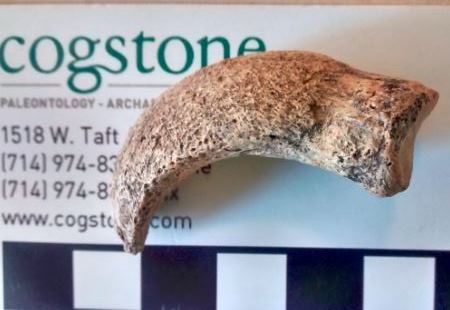- Home
- Tel Akko Total Archaeology: 2010 – 2019
- Tel Akko Total Archaeology: 2010 – 2019
- Excavation
- Survey
- Archaeological Sciences
- Archaeological Sciences
- Archaeobotany
- Archaeozoology
- Archaeometallurgy
- Geophysical Analysis
- Artefact Analysis
- Artefact Analysis
- Figurines and other Ritual Finds
- Ceramics & Artefact Analysis
- 3D Documentation
- Conservation
- Community Outreach
- Field School & Student Experience
- Publication
- Photo Gallery
- About Us
- About Us
- Academic Team, Specialists & Staff
- Study Season
- Napoleon at Akko
- Contact us
- facebook
